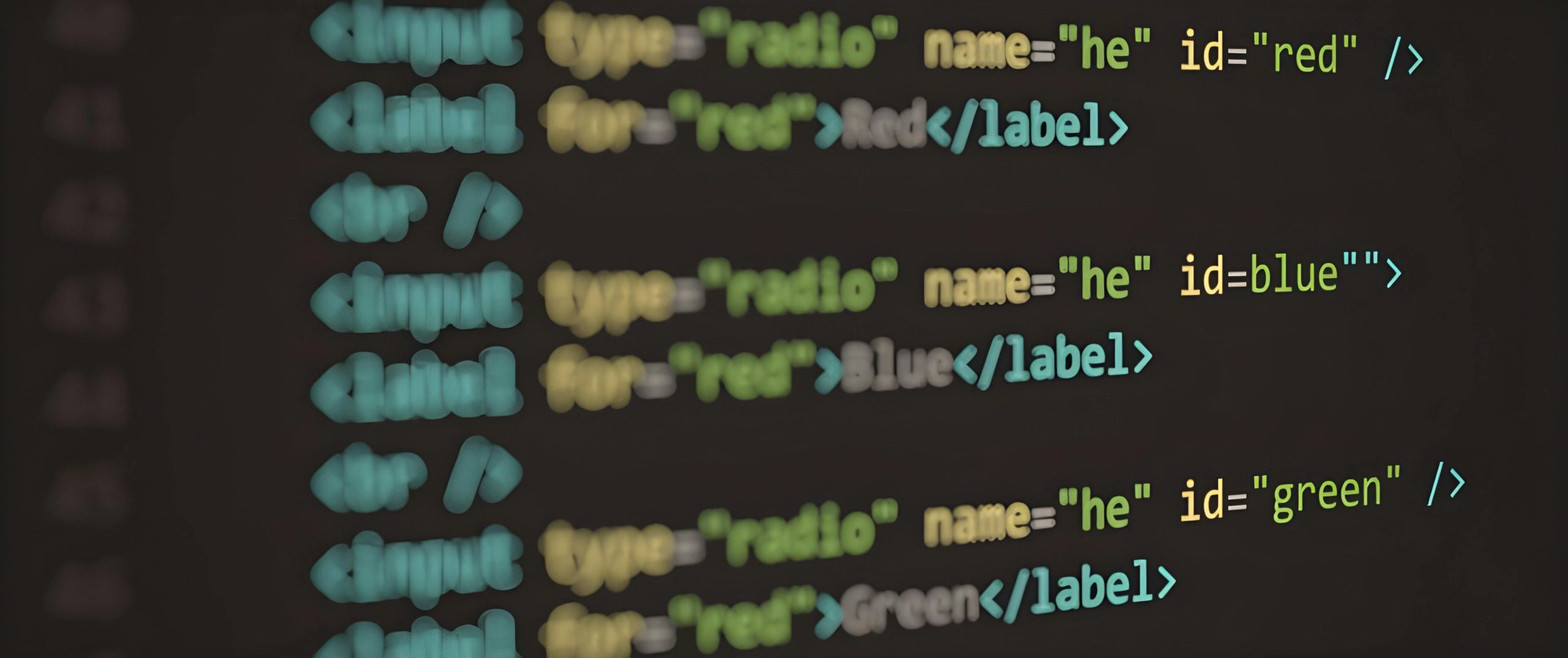SVG (Scalable Vector Graphics) optimization can be quite beneficial, especially when dealing with web development and design projects where performance and compliance are key. Here are several points to consider when evaluating its effectiveness:
File Size Reduction: Optimizing SVG files typically results in smaller file sizes, which can lead to faster loading times for web pages. This enhances the user experience, as websites load more quickly and require less bandwidth.
Maintain Visual Quality: Unlike raster images, SVGs can be reduced in file size without losing quality, because they are vector-based. Effective optimization ensures that the visual integrity of the graphics remains intact while minimizing the file’s footprint.
Improved Performance: Smaller file sizes mean less data for the browser to process, which can improve rendering performance. This is particularly important for mobile users or those with slower internet connections.
SEO Benefits: Though minor, optimized SVGs can slightly improve SEO. Because they can contain text (in the form of code), search engines can index and parse this text, unlike raster images. Clean, well-optimized SVGs can enhance accessibility and crawlability.
Cross-Platform Consistency: SVGs are inherently resolution-independent, which ensures they look good across different devices and screen sizes. Optimization doesn’t alter this benefit and ensures that the graphical fidelity is preserved on all platforms.
Practical Implementations: Tools such as SVGO (a Node.js-based tool) or web services like SVGOMG offer practical ways to optimize SVGs efficiently. These can remove unnecessary metadata, comments, and white space, and can even be scripted to automate the optimization process.
Limitations and Complex Files: For extremely complex or large SVG files, optimization might not yield substantial size reduction without compromising some elements. Evaluating the balance between complexity and performance is crucial.
In conclusion, SVG optimization is indeed effective for enhancing web performance and maintaining quality, but the effectiveness can vary depending on the specific use case and the complexity of the SVG files in question. Regular testing and analysis are recommended to ascertain the best results for your specific needs.

